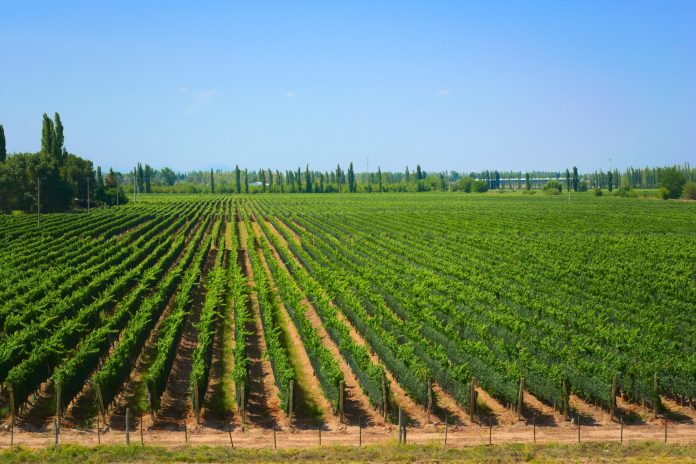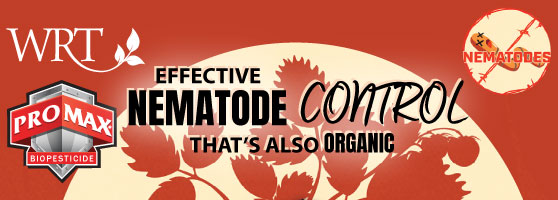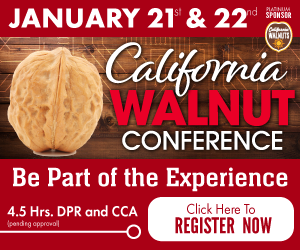
Biostimulant products have become widely used in agricultural production, but there are still unresolved issues around definitions, labels and efficacy claims.
Nick Young, senior environmental scientist with CDFA’s Fertilizing Materials Inspection Program, provided an update on biostimulant labeling from a regulatory perspective as part of the UC Ag Experts Talk webinar
The pending USDA definition of a biostimulant is, “a substance, microorganism or mixtures thereof that, when applied to seeds, plants, the rhizosphere, soil or other growth media, act to support a plant’s natural nutrition processes independently of the biostimulant’s nutrient content. The plant biostimulant thereby improves nutrient availability, uptake or use efficiency, tolerance to abiotic stress and consequent growth, development, quality or yield.”
No state fertilizer program currently permits the term “biostimulant” on labeling, Young said, but there are established standards for many biostimulant ingredients and a path to distribution.
Per CDFA requirements, labels for biostimulant products do require that the specific ingredient be named. If the ingredient isn’t recognized, then efficacy data may be required. Recognized ingredients should appear in a guaranteed analysis.
The issue with some biostimulant products, Young said, is that they may be required to have registration both as a fertilizing material and a pesticide. Adding the pesticide label is more costly and time consuming, and manufacturers would rather avoid the pesticide label if possible.
Young noted that just because a product is registered with CDFA as a fertilizing material, that doesn’t preclude CDPR jurisdiction.
An update draft of the Guidance for Plant Regulators and Claims, including Plant Biostimulants, was released in November by EPA, and Young said it has clarified many issues with biostimulants for industry and regulators, but questions still remain.
“It was a step in the right direction and there are a couple of flaws, but it is going to help the industry and regulators know what to do,” Young said.
Claims are a key EPA consideration in determining if a biostimulant is a pesticide. Products that are not considered pesticides are plant nutrients and trace elements, plant inoculants, soil amendments and vitamin-hormone products.
The regulatory approach from CDFA for products that have multiple plant regulator and non-plant regulator modes of action is if it can be demonstrated that a particular product has the activity claims on the product label and does not make any plant regulator claims on the label, it can be excluded from FIFRA regulation.

















